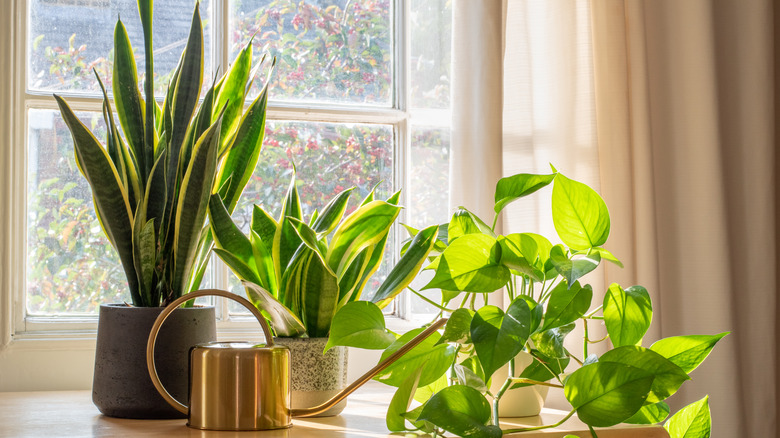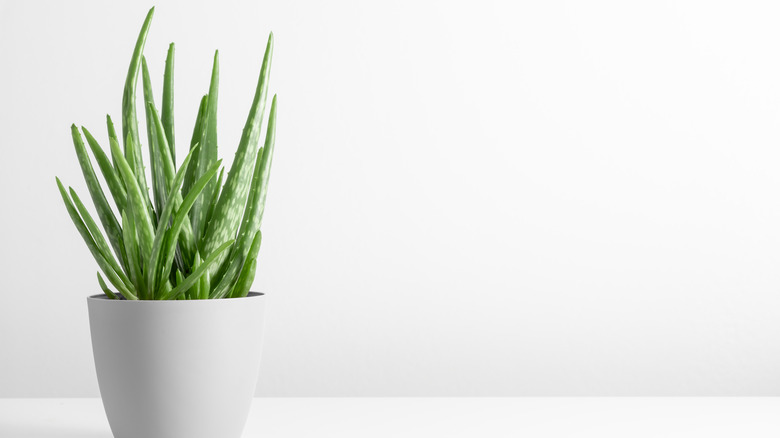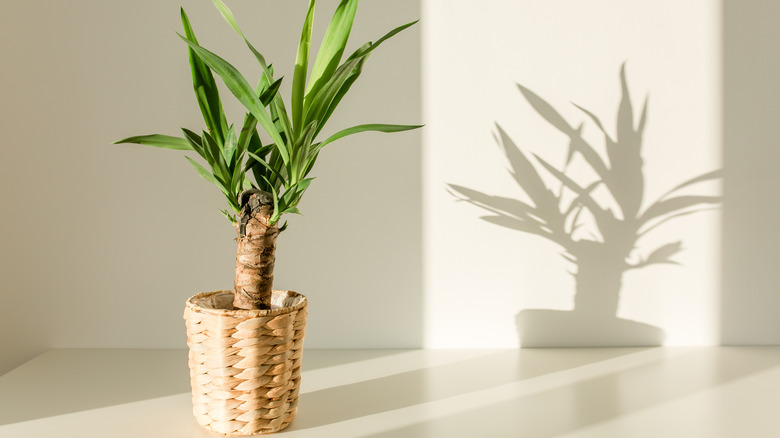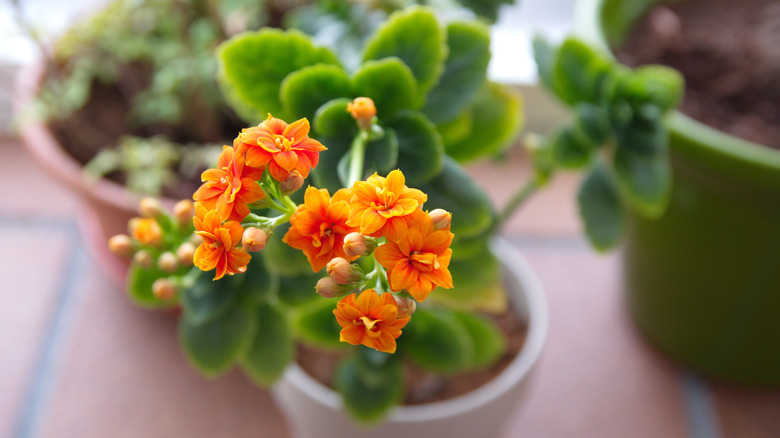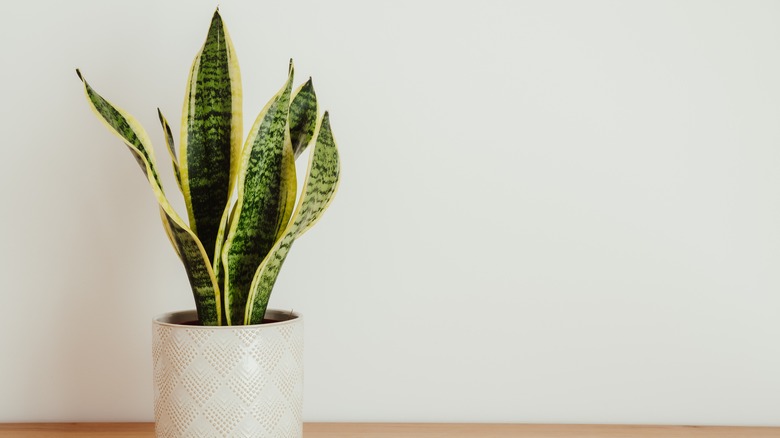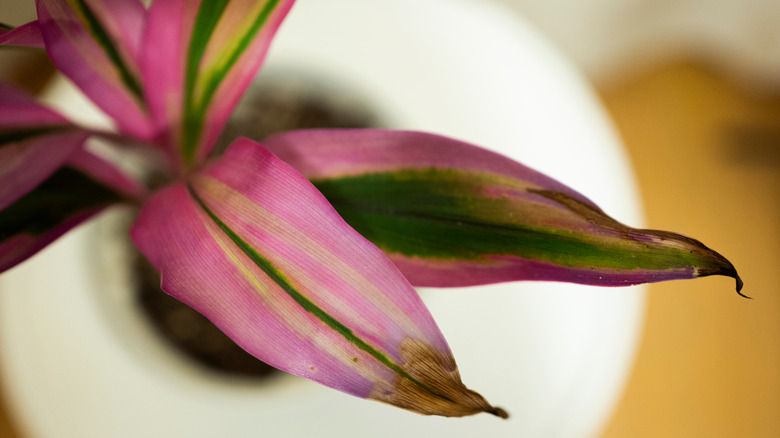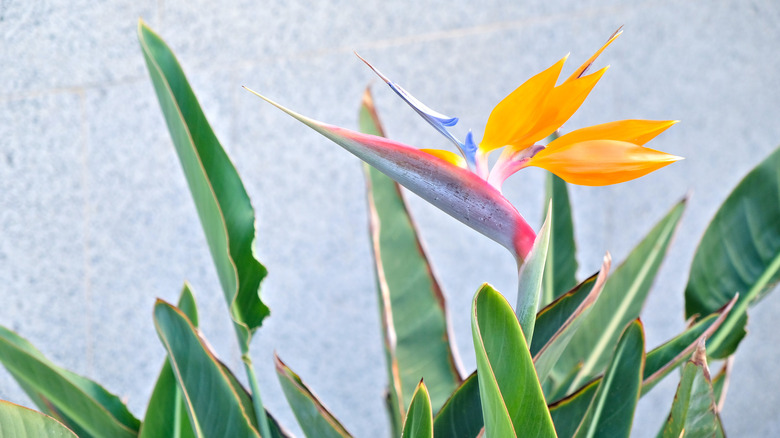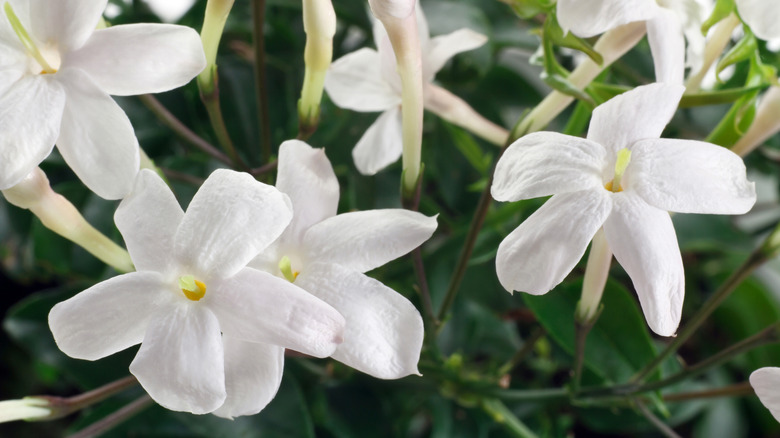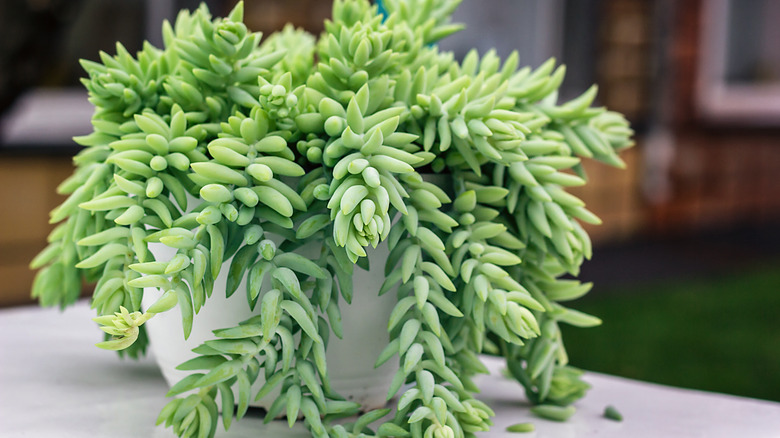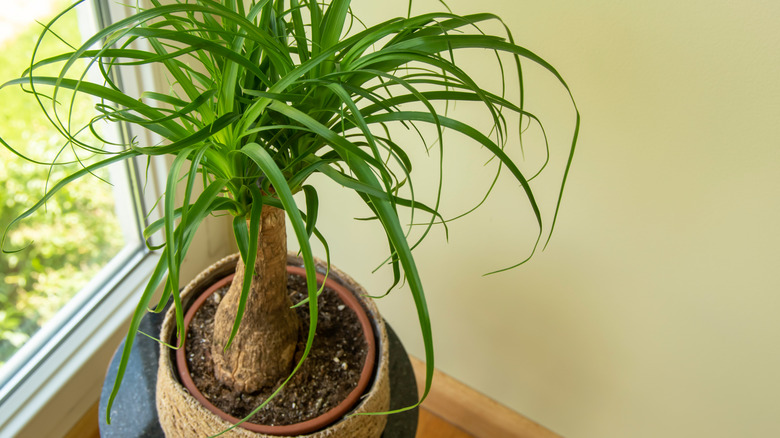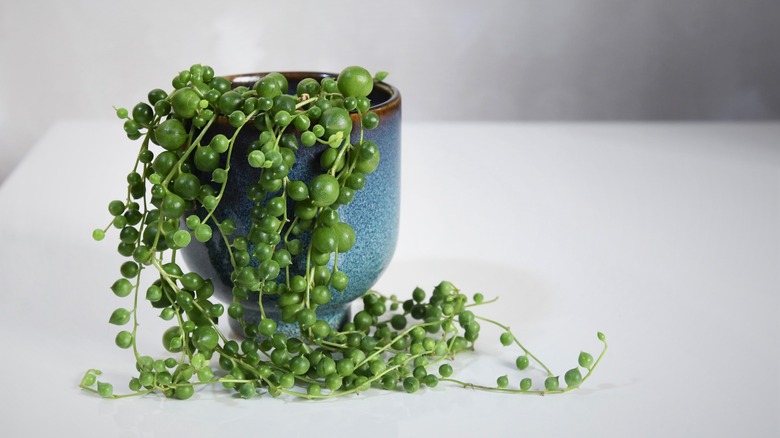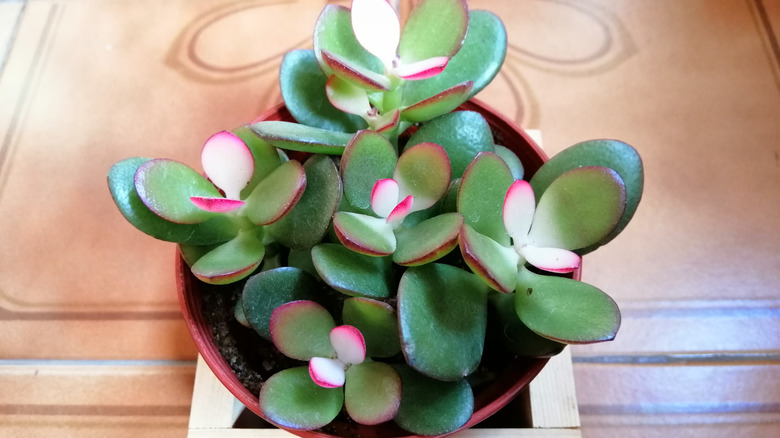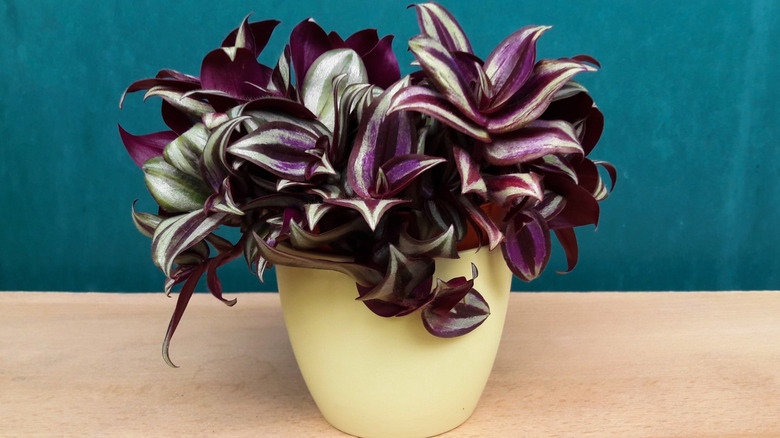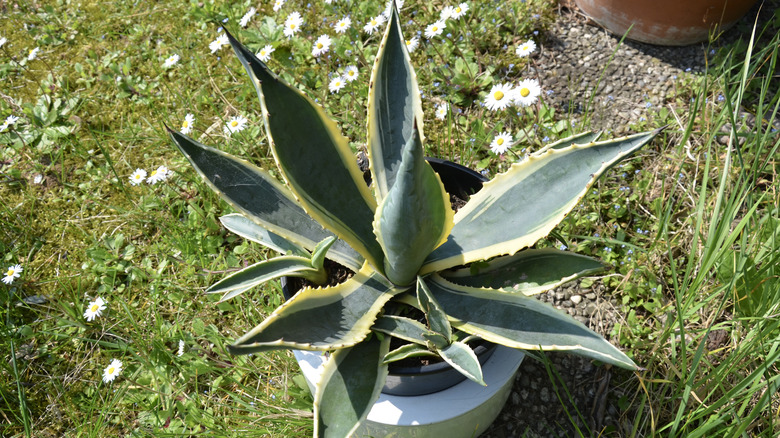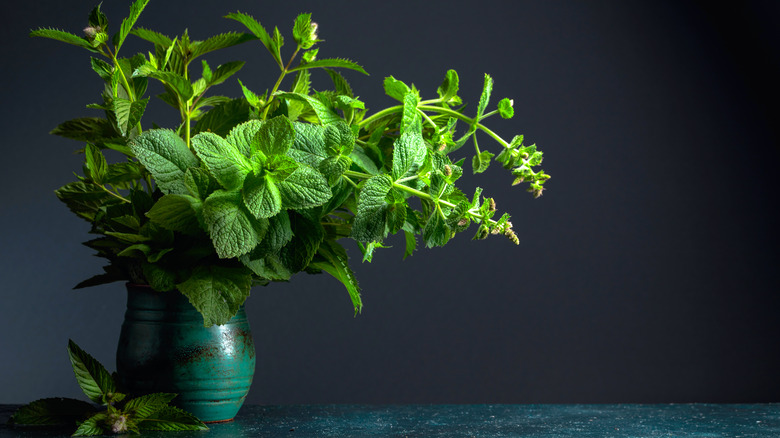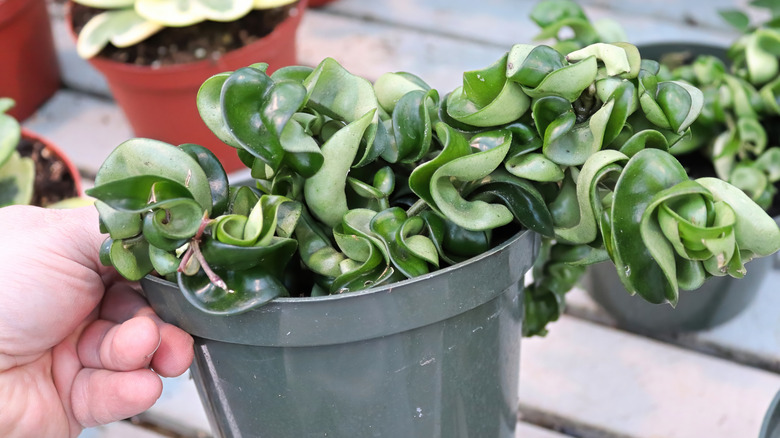15 Plants Perfect For A West-Facing Window
Sunlight is an important factor to consider when you are buying new houseplants. Your plants will not grow as well as they should if you are not providing them with the light they need. Some plants do great in low-light conditions, far away from a window, while others need bright indirect sunlight for six hours or more each day. Before you buy another houseplant for your collection, you should research its growing requirements to make sure that you have the right conditions for it in your home. This doesn't end with sunlight either. Your house should support its size, humidity, and temperature requirements as well.
West-facing windows support a variety of plant life from sun-loving succulents to bushy shrubs. When placed here, plants can receive bright light that is either direct or indirect to encourage their growth. A west-facing window will receive a little light in the early morning, and hot, intense sunlight in the afternoon and evening. If your plants need bright indirect light, you should consider hanging a sheer curtain in front of your window, as suggested by Martha Stewart. If you are having trouble deciding which plant to buy for your window sill, keep reading to learn about 15 different plants that do well in west-facing windows.
1. Aloe Vera
Aloe vera plants (Aloe barbadensis) not only perform well as houseplants, but they also come in handy for minor burns and sunburns, and their gel can be used in your beauty routine. The University of Florida describes the aloe plant as a hardy succulent that features long spiny leaves growing upward. These plants enjoy bright light from a window but can be burned by harsh direct sunshine.
Bloom Season: Late winter to spring
USDA Growing Zone: 8 to 11
Growing Conditions: Bright direct or indirect light
Soil Type: Well-draining potting mix
Size: Up to 2 feet tall
2. Yucca
Yucca trees (Yucca gigantea) are commonly grown as medium-sized houseplants. They are known as upright succulent shrubs that produce upright blue-green leaves, as per RHS. Keep in mind that the yucca tree's roots are poisonous to cats and dogs, so they should be kept far away from this plant.
Bloom Season: Summer
USDA Growing Zone: 9 to 11
Growing Conditions: Bright direct or indirect light
Soil Type: Well-drained potting mix
Size: Up to 30 feet tall, much smaller container-grown
3. Kalanchoe
Kalanchoe flowers (Kalanchoe blossfeldiana) bloom in shades of red, orange, yellow, and white, as told by Clemson Cooperative Extension. This plant is often kept indoors in a bright, west-facing window for its glossy foliage and clusters of bright flowers. To help Kalanchoe blossoms do their best, make sure the plant receives cool air during the night.
Bloom Season: Early spring
USDA Growing Zone: 10 to 12
Growing Conditions: Bright direct and indirect light
Soil Type: Well-aerated and well-drained potting mix
Size: 8 inches to 1 foot tall
4. Snake Plant
The snake plant (Dracaena trifasciata) is a popular houseplant that enjoys well-drained soil and bright indirect light, says Penn State Extension. This succulent is known for its low-maintenance nature. It is drought-tolerant and neglect-tolerant. The worst thing you can do for the plant is giving it too much love.
Bloom Season: Spring
USDA Growing Zone: 9 to 11
Growing Conditions: Bright indirect light
Soil Type: Well-drained cactus potting mix
Size: 6 inches to 3 feet tall depending on the variety
5. Ti Plant
Ti plants (Cordyline fruticosa) are broadleaf evergreen shrubs native to eastern Asia. They require warm temperatures, high humidity, and frequent watering to survive. According to Missouri Botanical Garden, when grown indoors, this plant can grow up to 6 feet tall. Its pink and green sword-like leaves will brighten up any room.
Bloom Season: Summer
USDA Growing Zone: 10 to 12
Growing Conditions: Bright indirect light
Soil Type: Well-drained, peaty potting mix
Size: 3 to 6 feet tall
6. Bird of Paradise
Bird of paradise plants (Strelitzia reginae) are frequently seen growing outdoors in warmer states such as Florida and Hawaii. As noted by The Sill, this evergreen perennial is known for its multicolored flowers that resemble bird's heads. Even when the plant is not in bloom, it is still loved for its wide gray-green foliage.
Bloom Season: Late winter to early spring
USDA Growing Zone: 10 to 12
Growing Conditions: Bright direct and indirect light
Soil Type: Well-drained potting mix
Size: 5 to 6 feet tall and 3 to 4 feet wide
7. Jasmine
Jasmine (Jasminum officinale) is well-known for the sweet, floral scent given off by its small, white flowers. The semi-vining shrub, as described by Clemson Cooperative Extension, is great for growing indoors as just one plant can make a room smell wonderful. You can grow jasmine in front of a west-facing window in a flower pot or a hanging basket.
Bloom Season: Summer to fall
USDA Growing Zone: 7 to 10
Growing Conditions: Bright direct and indirect light
Soil Type: Well-drained potting mix
Size: Up to 15 feet tall, much smaller container-grown
8. Burro's Tail
The burro's tail succulent (Sedum morganianum) does well in a hanging basket that receives plenty of bright, indirect sunlight, as said by Mountain Crest Gardens. This plant is characterized by thick, trailing stems that are packed with short, round leaves. Typically, the burro's tail succulent is resistant to drought and neglect as long as it is planted in well-draining potting soil.
Bloom Season: Spring
USDA Growing Zone: 10 to 11
Growing Conditions: Bright indirect light
Soil Type: Well-drained potting mix
Size: 3 feet long stems
9. Ponytail Palm
The ponytail palm (Beaucarnea recurvata) is a favorite among houseplant enthusiasts. Its long, hair-like foliage makes it a unique specimen that can be kept in a bright room. It survives without much humidity or water as it stores all it needs in its thick trunk. As warned by North Carolina State Extension, the ponytail palm is susceptible to pests such as mealybugs, spider mites, and scale.
Bloom Season: Spring and summer
USDA Growing Zone: 10 to 11
Growing Conditions: Bright direct light
Soil Type: Well-draining potting mix
Size: Less than 4 feet tall when container-grown
10. String of Pearls
String of pearls (Curio rowleyanus) is a trailing plant that everyone should have in their collection. This low-maintenance succulent is identified by its round leaves that look like beads or pearls. As told by the University of Wisconsin-Madison, the string of pearls plant prefers bright indirect light and infrequent waterings.
Bloom Season: Summer
USDA Growing Zone: 9 to 11
Growing Conditions: Bright indirect light
Soil Type: Well-draining potting mix
Size: 1 to 3 feet long
11. Jade Plant
Jade plants (Crassula argentea) are known for their ability to grow in just about any type of lighting. These resilient houseplants grow slowly and their thick leaves store water, so they won't need frequent attention. The typical green jade plant is quite beautiful, but many home gardeners prefer the variegated version of the plant, as per the University of Florida.
Bloom Season: Spring
USDA Growing Zone: 10 to 11
Growing Conditions: Bright, medium, or low indirect light
Soil Type: Well-draining potting mix
Size: 2 to 4 feet tall and 1 to 3 feet wide
12. Inchplant
The inchplant (Tradescantia zebrina) is also known as the zebra plant. It is a part of the spiderwort family, and it is commonly grown indoors for its pretty foliage, as mentioned by the University of Wisconsin-Madison. The color of the plant's leaves will look best if it is kept in a bright, indirectly sunny spot in front of a west-facing window.
Bloom Season: Rarely blooms indoors
USDA Growing Zone: 9 to 11
Growing Conditions: Bright indirect light
Soil Type: Well-drained potting mix
Size: 6 to 12 inches tall
13. Agave
Agave (Agave americana), which is also called the American century plant, is a herbaceous perennial succulent in the Asparagaceae family, according to Missouri Botanical Garden. Native to Mexico, this tropical specimen grows well in containers. As a houseplant, agave will stay quite small and is unlikely to ever flower.
Bloom Season: Rarely blooms indoors
USDA Growing Zone: 8 to 10
Growing Conditions: Bright direct and indirect light
Soil Type: Well-drained cactus potting mix
Size: Up to 6 feet tall
14. Mint
Mint plants (Mentha spp.) are perennial herbs with many varieties. Many of our favorite foods and drinks are flavored with mint cultivars such as spearmint, watermint, ginger mint, pineapple mint, and more, says Utah State University. When nurtured indoors, this genus of plants may be grown for its foliage, scent, or edible leaves.
Bloom Season: Summer to fall
USDA Growing Zone: 3 to 8
Growing Conditions: Bright indirect light
Soil Type: Well-drained potting mix
Size: Up to 3 feet tall
15. Honey Plant
Honey plants (Hoya carnosa 'Compacta') are regarded for their waxy leaves and clusters of small pink and white flowers. They prefer high-humidity environments, bright indirect light, and soil with high organic matter, as taught by North Carolina State Extension. This vine can be planted in a hanging basket, a pot on a high shelf, or it can be strung up on your wall with hooks and florist's tape.
Bloom Season: Spring and summer
USDA Growing Zone: 10 to 12
Growing Conditions: Bright direct and indirect light
Soil Type: Well-drained, organic potting mix
Size: 15 inches long
